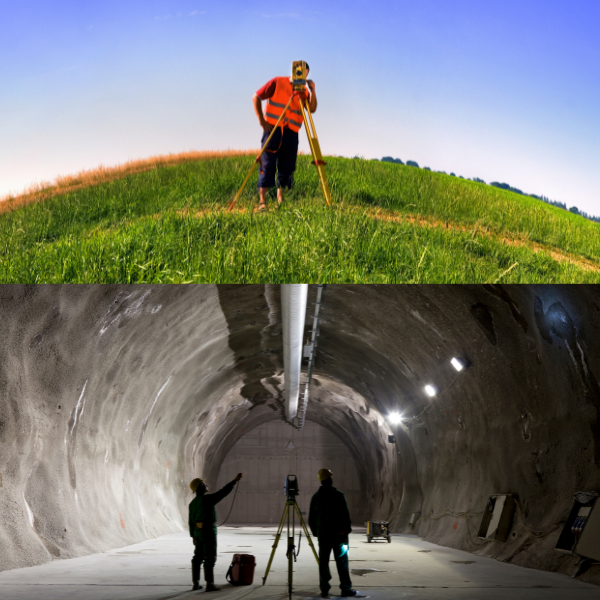

Geodesy and land surveying are two intertwined disciplines that work hand in hand to provide accurate and reliable measurements of the Earth’s surface. Geodesy, often referred to as the science of measuring and understanding Earth’s shape, size, and gravitational field, serves as the foundation for precise land surveying. In this blog, we will delve into the concept of geodesy and its direct relationship to land surveying.
Understanding Geodesy
Geodesy is the scientific field dedicated to measuring and describing Earth’s physical properties, such as its shape, orientation, and gravitational field. It involves studying the Earth’s curvature, geoid (a model of Earth’s shape), and the positioning of points on its surface. Geodesists employ advanced technologies, including satellites, global navigation systems, and precise instruments, to obtain accurate measurements and data.
Direct Relationship to Land Surveying
Geodesy plays a pivotal role in land surveying by providing the fundamental reference framework for conducting surveys. Land surveying involves the measurement and mapping of land features, boundaries, and elevations. Geodesy provides the necessary geodetic datums, coordinate systems, and mathematical models that form the basis for surveying measurements. It ensures that surveys are conducted consistently, accurately, and with a common reference framework, allowing surveyors to establish precise positions, distances, and elevations.
Geodetic Datums and Coordinate Systems
Geodesy establishes geodetic datums, which are reference points and coordinate systems used to define the Earth’s shape and orientation. Surveyors rely on these datums to establish control points and accurately determine coordinates for land features. This allows for consistent and reliable measurements across different surveying projects and locations.
Ensuring Accuracy and Precision
By incorporating geodetic principles, land surveyors ensure the accuracy and precision of their measurements. Geodesy provides the necessary tools and techniques for establishing control networks, determining baseline measurements, and accounting for the curvature and gravitational variations of the Earth’s surface. This accuracy is vital in various applications, including construction, infrastructure development, and land management.
Geodesy serves as the foundation for accurate land surveying, providing the necessary reference framework, datums, and mathematical models. The precise measurements and understanding of Earth’s shape and size obtained through geodesy enable land surveyors to establish accurate positions, distances, and elevations, ensuring reliable and consistent results in surveying projects around the world. To investigate other related fields to land surveying head over to this page.
